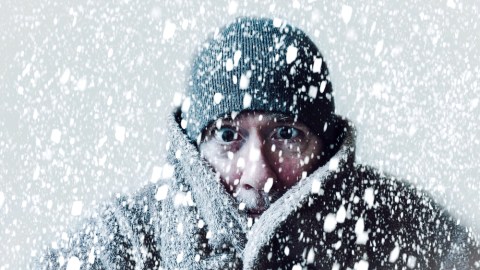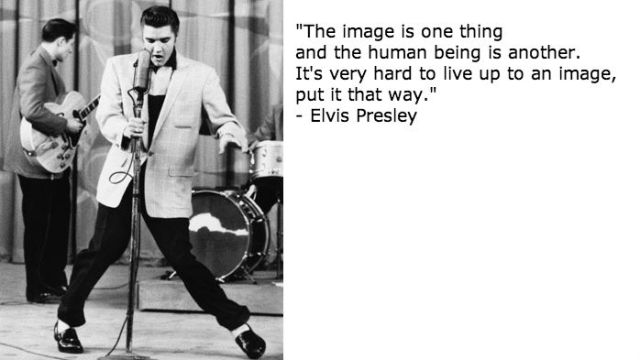In Defense of Wind Chill

I know it’s going to be 4 degrees outside, but what will that number really feel like?
To answer this question – of how humans perceive the weather – a fairly nebulous formula was developed by Antarctic explorers. The wind chill formula has evolved over time and was jointly recalibrated by the American and Canadian weather services in 2001.
It’s still far from perfect, and there are many misconceptions about what wind chill actually means. For the record, when wind hits exposed skin, it accelerates the rate of heat loss from the body.
During the recent cold snap, wind chill has taken some heat, notably from Daniel Engber at Slate, who castigates wind chill as the “weatherman’s favorite alarmist statistic,” serving as the “PR agent” for horrendous weather.
Not only does the wind chill tend to scare us into believing that the weather is more horrible than it really is, Engber argues, it also leaves out important and obvious variables. For instance, what if a person is standing under direct sunlight? Attempts to develop a comprehensive wind chill factor – which include, for instance, factoring in an individual’s height – only serve to underscore the fundamental incomprehensibility of this data point.
Fair enough. But Engber’s assertion that “rather than trying to patch up wind chill’s inconsistencies, we should just dump it altogether” made The Weather Geek chuckle.
Engber claims that looking out the window provides “more than enough data” to determine the day’s weather. “After all, our brains have been tallying up these variables for our entire lives,” he points out.
The Weather Geek wonders, however, if Engber has ever gone skiing. If one is getting dressed at the base of the mountain in the morning and looks out the window to observe “mountain weather,” well, best of luck to you.
Ancient humans used to make predictions based on what was available to them – the brain’s ability to recognize patterns and weather lore – collective experiences that were passed down from generation to generation. That was the best and only way of forecasting the weather. But these ancient methods have proved unreliable. And so if you hear of a life-threatening wind chill warning from the Office of Emergency Management, take heed.
Image courtesy of Shutterstock





